
A national park is a nature park designated for conservation purposes by a national government because of unparalleled national natural, historic, or cultural significance. It is an area of natural, semi-natural, or developed land that a government protects and often owns. Although national governments hold different standards for national park designation, the conservation of 'wild nature' for posterity and as a symbol of national pride is a common motivation for the continued protection of all national parks around the world. National parks are almost always accessible to the public.
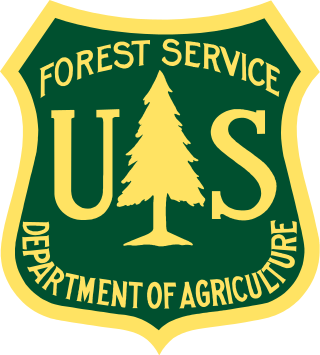
The United States Forest Service (USFS) is an agency within the U.S. Department of Agriculture that administers the nation's 154 national forests and 20 national grasslands covering 193 million acres (780,000 km2) of land. The major divisions of the agency are the Chief's Office, National Forest System, State and Private Forestry, Business Operations, as well as Research and Development. The agency manages about 25% of federal lands and is the sole major national land management agency not part of the U.S. Department of the Interior.

The National Park Service (NPS) is an agency of the United States federal government, within the U.S. Department of the Interior. The service manages all national parks; most national monuments; and other natural, historical, and recreational properties, with various title designations. The United States Congress created the agency on August 25, 1916, through the National Park Service Organic Act. Its headquarters are in Washington, D.C., within the main headquarters of the Department of the Interior.
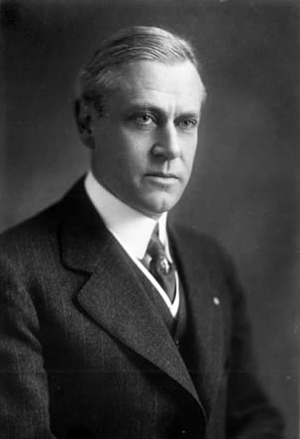
Stephen Tyng Mather was an American industrialist and conservationist who was the first director of the National Park Service. As president and owner of Thorkildsen-Mather Borax Company he became a millionaire. With his friend the journalist Robert Sterling Yard, Mather led a publicity campaign to promote the creation of a unified federal agency to oversee National Parks administration, which was established in 1916. In 1917, Mather was appointed to lead the NPS, the new agency created within the Department of the Interior. He served until 1929, during which time Mather created a professional civil service organization, increased the numbers of parks and national monuments, and established systematic criteria for adding new properties to the federal system.

A national recreation area (NRA) is a protected area in the United States established by an Act of Congress to preserve enhanced recreational opportunities in places with significant natural and scenic resources. There are 40 NRAs, which emphasize a variety of activities for visitors, including hiking, camping, boating, fishing, swimming, biking, horseback riding, and wildlife viewing, in areas that include multiple-use management for both conservation and limited utilization of natural resources. They have diverse features and contexts, being established around reservoirs, in urban areas, and within forests. Due to their size, diversity of activities, and proximity to population centers, NRAs are among the most visited units of the National Park System, with six among the thirty most visited sites.
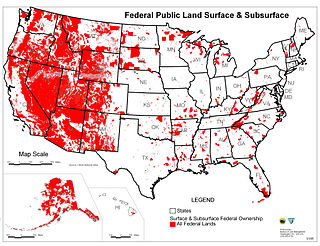
Federal lands are publicly owned lands in the United States managed by the federal government. Pursuant to the Property Clause of the United States Constitution, Congress has the power to retain, buy, sell, and regulate federal lands, such as by limiting cattle grazing on them. These powers have been recognized in a long series of United States Supreme Court decisions.

Fort Yellowstone was a U.S. Army fort, established in 1891 at Mammoth Hot Springs in Yellowstone National Park. Yellowstone was designated in 1872 but the Interior Department was unable to effectively manage the park. Administration was transferred to the War Department in August 1886 and General Philip Sheridan sent a company of cavalry to Mammoth Hot Springs to build a cavalry post. The army originally called the post Camp Sheridan in honor of General Sheridan but the name was changed to Fort Yellowstone in 1891 when construction of the permanent fort commenced. The army administered the park until 1918 when it was transferred to the newly created National Park Service. The facilities of Fort Yellowstone now comprise the Yellowstone National Park headquarters, the Horace Albright Visitor Center and staff accommodations.

The National Wildlife Refuge System in the United States has a long and distinguished history.
The history of the National Register of Historic Places began in 1966 when the United States government passed the National Historic Preservation Act (NHPA), which created the National Register of Historic Places (NRHP). Upon its inception, the U.S. National Park Service (NPS) became the lead agency for the Register. The Register has continued to grow through two reorganizations, one in the 1970s and one in 1980s and in 1978 the NRHP was completely transferred away from the National Park Service, it was again transmitted to the NPS in 1981.

Horace Marden Albright was an American conservationist and the second director of the National Park Service.
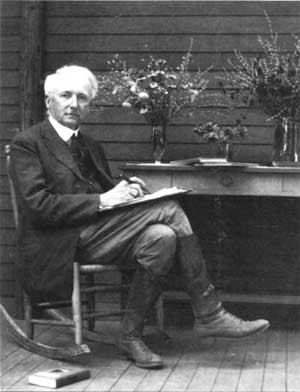
Robert Sterling Yard was an American writer, journalist, and wilderness activist. Born in Haverstraw, New York, Yard graduated from Princeton University and spent the first twenty years of his career in the editing and publishing business. In 1915, he was recruited by his friend Stephen Mather to help publicize the need for an independent national park agency. Their numerous publications were part of a movement that resulted in legislative support for a National Park Service (NPS) in 1916. Yard served as head of the National Parks Educational Committee for several years after its conception, but tension within the NPS led him to concentrate on non-government initiatives. He became executive secretary of the National Parks Association in 1919.

Arno Berthold Cammerer was the third director of the U.S. National Park Service.

Since 1872 the United States National Park System has grown from a single, public reservation called Yellowstone National Park to include 430 natural, historical, recreational, and cultural areas throughout the United States, its territories, and island possessions. These areas include National Parks, National Monuments, National Memorials, National Military Parks, National Historic Sites, National Parkways, National Recreation Areas, National Seashores, National Scenic Riverways, and National Scenic Trails.

The Leopold Report, officially known as Wildlife Management in the National Parks, is a 1963 paper composed of a series of ecosystem management recommendations that were presented by the Special Advisory Board on Wildlife Management to United States Secretary of the Interior Stewart Udall. Named for its chairman and principal author, zoologist and conservationist A. Starker Leopold, the report proved influential for future preservation mandates.

A National Heritage Site in the United States is a location important to the cultural heritage of a particular state that has been promoted to national status, as well as sites that have been deemed nationally important by central heritage agencies.

The National Park Service 100th Anniversary Commemorative Coin Act was a bill that would have directed the Secretary of the Treasury to mint and issue gold, silver, and half-dollar clad coins in commemoration of the 100th anniversary of the establishment of the National Park Service (NPS) in 2016. The coins would have had a surcharge attached, the money from which was given to the National Park Foundation.
Denis P. Galvin is a career government administrator, who served as Deputy Director, and as Acting Director, of the U.S. National Park Service.
Throughout the first century of the United States National Park Service (NPS), the organization's workforce has grown more inclusive and gender-balanced. When the organization was formed in 1916, few female rangers worked within its ranks. As the organization grew, more women were hired into white-collar and clerical positions. As social activism and second-wave feminism movements gained ground in the 1960s and 70s, women were hired into more diverse occupations and leadership roles within the NPS. Today, the National Park Service still faces a gender disparity with 37% of the workforce being female and has been criticized for its response to several sexual harassment cases.
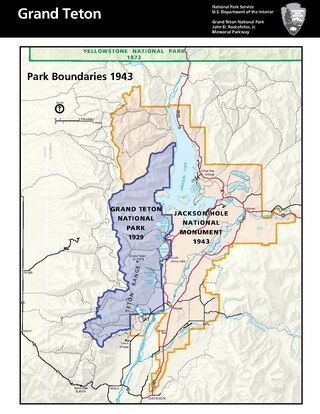
On March 15, 1943, Franklin D. Roosevelt signed Presidential Proclamation 2578 establishing a large swath of land east of the Teton National Park as a national monument. The area of land covered 221,610 acres (89,680 ha). The majority of the land was National Forest, but 32,117 acres (12,997 ha) of the monument were donated by John D. Rockefeller, Jr., and 17,000 acres (6,900 ha) were privately owned ranches. This proclamation incited a controversy in Teton County that caused immediate pushback from western congressmen who saw the act as a violation of state sovereignty.















